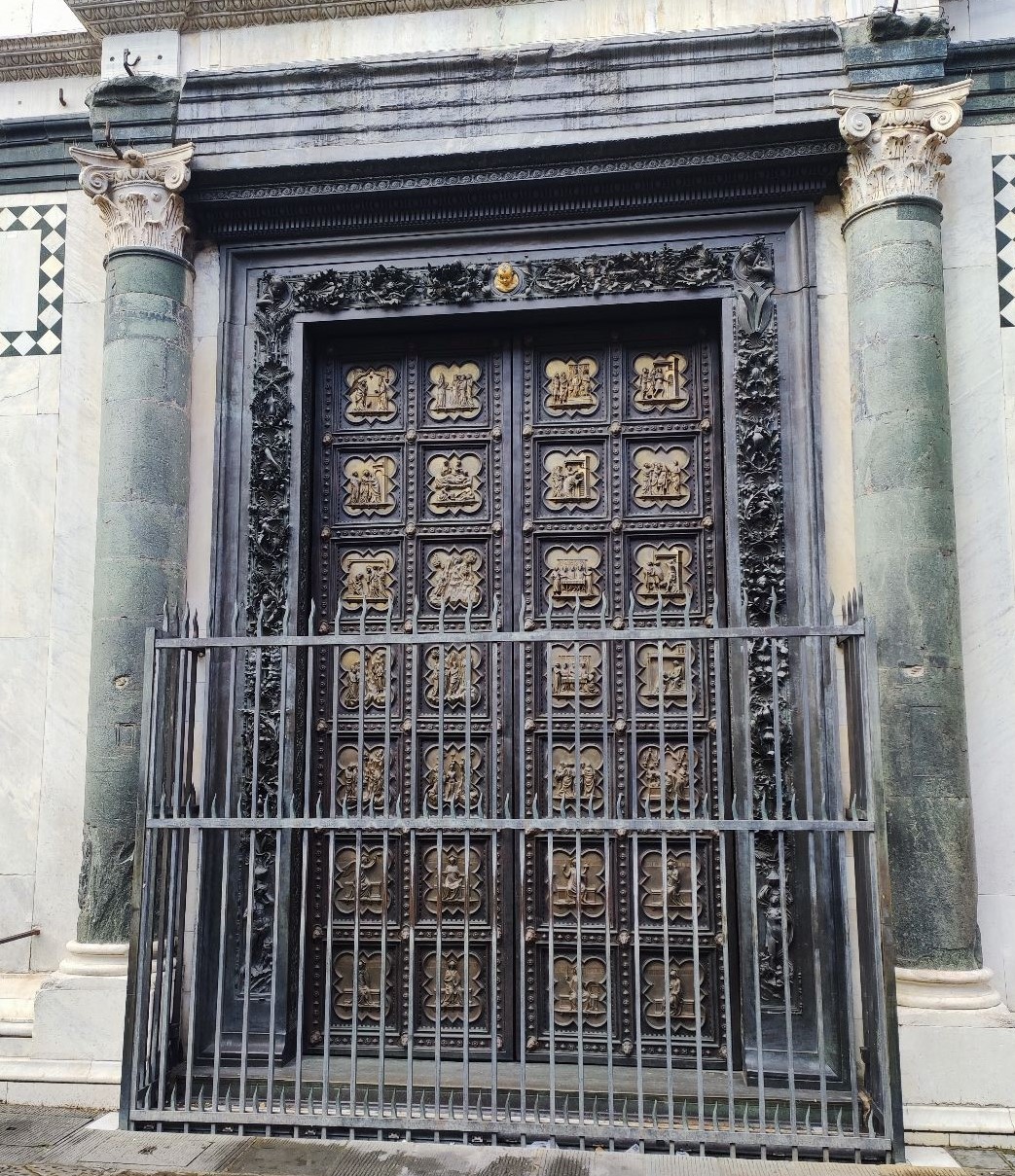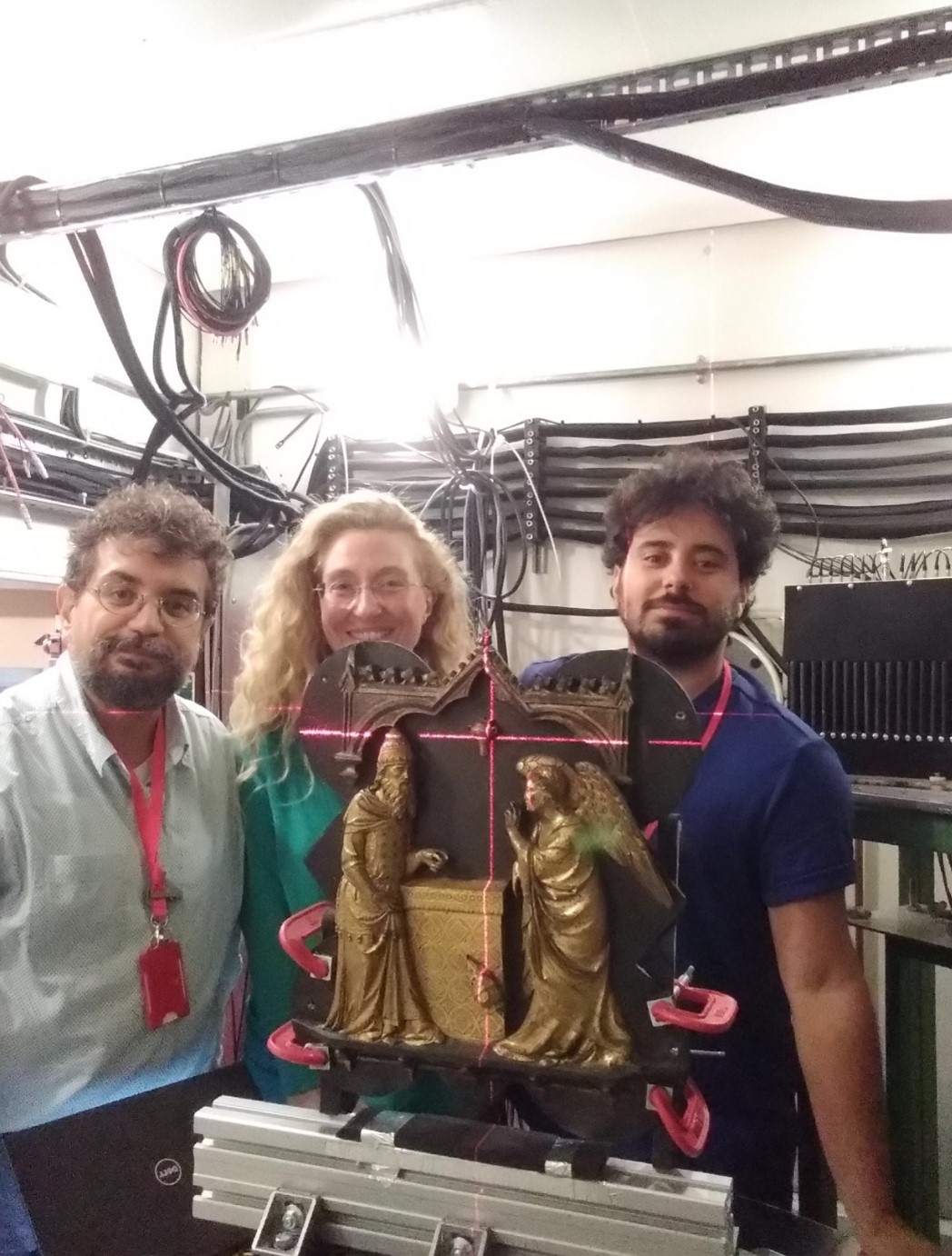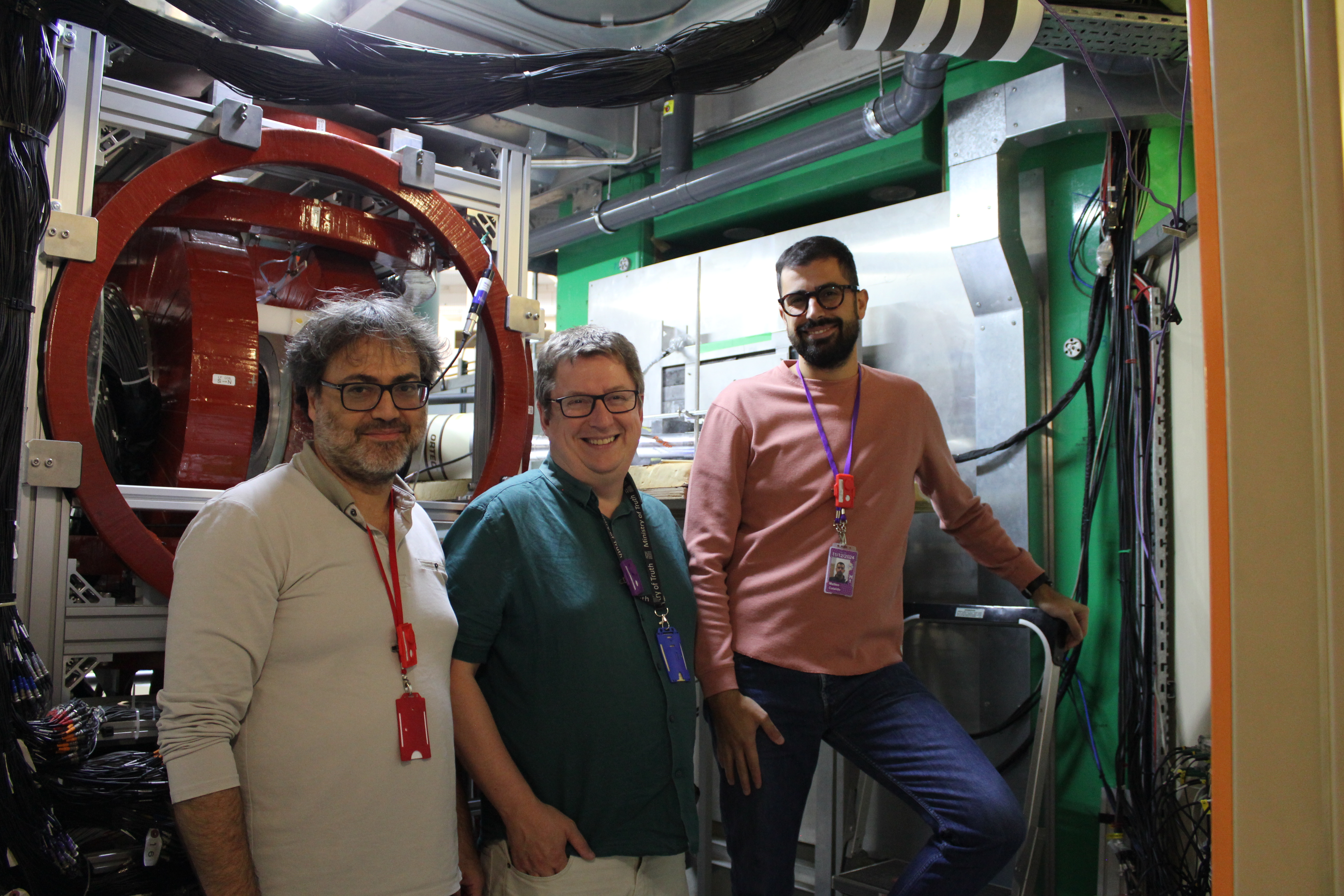 ISIS Neutron and Muon Source has had a long-term collaboration with the National Research Council (CNR) and the National Institute for Nuclear Physics (INFN) of Italy, which has led to many different projects over the years. In 2017, the collaboration with INFN led to the launch of the CHNet-TANDEM project, which involved the implementation and development of non-destructive and non-invasive large-scale facilities techniques for Heritage Science. In particular, the project aimed at the improvement of the Muonic atom X-ray spectroscopy technique (µ-XES), performed at RIKEN port 4 in Target Station 1. The method uses negative muons to unveil the elemental composition of materials. In the first stage, preliminary experiments were conducted on samples from the Museum of Archaeology in Florence, Italy – two small pieces of votive boats from 7th-8th century BC – to understand how they were originally manufactured.
ISIS Neutron and Muon Source has had a long-term collaboration with the National Research Council (CNR) and the National Institute for Nuclear Physics (INFN) of Italy, which has led to many different projects over the years. In 2017, the collaboration with INFN led to the launch of the CHNet-TANDEM project, which involved the implementation and development of non-destructive and non-invasive large-scale facilities techniques for Heritage Science. In particular, the project aimed at the improvement of the Muonic atom X-ray spectroscopy technique (µ-XES), performed at RIKEN port 4 in Target Station 1. The method uses negative muons to unveil the elemental composition of materials. In the first stage, preliminary experiments were conducted on samples from the Museum of Archaeology in Florence, Italy – two small pieces of votive boats from 7th-8th century BC – to understand how they were originally manufactured.
Massimiliano Clemenza, Technical Manager of the Radioactivity and Mass Spectrometry Laboratory at the Università degli Studi di Milano Bicocca supervises ISIS PhD student Matteo Cataldo, who is jointly financed by Milano Bicocca and ISIS. Matteo's research focuses on the characterization of gilded objects.
During his PhD he had the opportunity to join the project led by Dr. Francesco Grazzi and organized by Consiglio Nazionale delle Ricerche, Istituto di Fisica Applicata Nello Carrara CNR-IFAC and Opificio delle Pietre Dure (OPD) devoted to the analysis, using a combined non-invasive approach based on neutron imaging, neutron diffraction and muon elemental analysis, of the detached gilded bornze elements of the South Gate of Baptistery of San Giovanni in Florence by Andrea Pisano and Lorenzo D'Avanzo. This is a successful example of collaboration among a Scientific Institute as CNR-IFAC (Francesco Grazzi and Francesco Cantini) with both the Scientific Laboratory (Monica Galeotti and Andrea Cagnini) and the Metal Restoration Workshop (Laura Speranza and Stefania Agnoletti) of OPD and with Museo dell'Opera di Santa Maria del Fiore (Rita Filardi).
The octagonal baptistry stands in both the Piazza del Duomo and the Piazza San Giovanni, in front of the Firenze Cathedral and close to the Campanile di Giotto. The three monumental bronze Gates have been praised by generations of artists and art historians for their compelling portrayal of scenes from both the Old and New Testament.

The materials examined at ISIS were from the South doors, designed by Andrea Pisano, which originally took six years to complete. The gate consists of 28 quatrefoil panels, called “formella", with twenty depicting scenes from the life of St John the Baptist. After almost seven hundred years of exposure and damage, the original gate was removed for restoration and brought to OPD. It is now hosted within the Museo dell'Opera di Santa Maria del Fiore Duomo, the museum preserving the original art and sculpture of the Duomo.
In 2019, when the Gates were transported to OPD, there was a narrow window of opportunity to analyse the detached elements through neutron and muon techniques, which took place on our instruments, CHRONUS, INES and IMAT. Instrument scientists Adrian Hillier, Antonella Scherillo and Anna Fedrigo provided extensive support for the planning and execution of activities. The most valuable element was the brass tile (formella) depicting the Annunciation to Zachary. While imaging and diffractions were devoted to the manufacturing process, the aim of the muon experiment was to assess the thickness of the gold layer covering the figures depicted on the formella. Results reported a similar thickness of the gilding for the Angel and Zachary figures, of around 16 microns. Whereas for the altar that divides the two figures, the analysis revealed variable distributions in terms of thickness, ranging from a few microns up to as many as 50.

This original analysis led to interesting results that required better data interpretation. That is why Matteo, in his current experiment, is measuring standard samples of 3, 5 and 8 micron gold layers. With the known thickness of the gold layer, by modelling the sample in simulation software and comparing the data of the analysis, Matteo can then try to assess this thickness. This is highly useful because by doing this, he can validate the simulations with real experiments. Matteo is now focussing on gold layers to continue Adrian's work from the past and close in on the analysis for the samples for their thickness to be measured. He is also working on other standards as they are interesting to measure and much of his PhD is centred on Monte Carlo simulations, which is a tool to use for particle physics.
“This is an interesting project due to the application of muons, because this method is very useful to investigate layered materials. With muons, we can penetrate depending on the material density and size," explained Matteo. “With gold, the instrument RIKEN is excellent but with other common techniques such as X-ray or XRF, it is not so easy to investigate. Thanks to muons and the simulations, we can try to assess the size and thickness of the materials.
